Top 10 Medicinal Plants
Many medicinal plants are easy to grow in Colorado and have incredible healing properties. Horticulturist Blake Burger and horticulture intern Kenna Castleberry pick their top 10 to grow at home.
Calendula (Calendula officinalis). This flower has anti-inflammatory properties and triterpenoid compounds, which inhibit bacteria. Calendula also has antispasmodic, astringent, antiseptic and detoxifying properties. Ingested, it helps stomach ailments such as gastritis, peptic ulcers, regional ileitis and colitis. It can also be extremely cleansing for the liver. You can use the flowers in tea, oil infusions, or in salves to help with internal and external ailments. Growing tips from staff horticulturalist Blake Burger: Calendula can be started indoors in the spring rather easily. Start inside 6 weeks before last frost and make sure to provide a sunny location for the seedlings to thrive. Plant in full sun after the danger of frost has subsided. To encourage growth throughout the season, fertilize and deadhead.
Chamomile (Matricaria chamomilla). Chamomile can be taken internally as tea for minor digestive problems. Chamomile can be used as an aromatic, anti-inflammatory, antispasmodic, carminative (digestive aid), and de-stressing nervine. Externally it has been used in hair wash, hair dyes, and for sore skin or eczema. Chamomile is probably the most well-known plant used as a nervine tonic, helping to relieve stress and tension. An essential oil made from the chamomile flowers has been used to help cure diaper rash in newborns. Growing tips from Heather Rhoades of Gardening Know How blog: Plant the chamomile (seeds or cuttings) in the spring. You can grow chamomile in places that have partial shade to full sun. Chamomile does not need a lot of water, so the soil should be mostly dry.
Peppermint (Metha x piperita). Because peppermint is antimicrobial, hikers chew peppermint while drinking from a stream to kill microbes in the water. Peppermint is considered a choleretic (bile secretor), antiseptic and invigorator. Tea made from peppermint leaves is soothing for a sore throat, cough, cold. Growth tips from staff horticulturalist Blake Berger: Peppermint prefers a sunny location and moist soil, although it can tolerate part shade. Planting peppermint in a sunny location will increase its production of oils and therefore increase its medicinal potency. Although garden mints have the reputation as an aggressive grower, peppermint isn’t as invasive as some of its relatives. Harvest peppermint leaves and stems often to encourage compact growth. It is ideal to harvest the leaves before and during flowering.
Holy Basil (Ocimum tenuiflorum). Indigenous to India, holy basil is a mild antihyperglycemic, anti-inflammatory, antimicrobial and expectorant. It can be taken internally as tea and is good for treating diabetes, cold or cough symptoms. Internally holy basil can help in treating intestinal tract problems, as well as asthma and reducing fevers. The juice from this plant can be extracted and applied to insect stings, ringworm, and other skin ailments. Growing tips from University of California: Plant in full sun in ¼ inches deep of holes. Keep soil moist but avoid overwatering. Harvest before the plant flowers to avoid flowering and more holy basil growing. This plant continues to grow and flower, so much maintenance is needed.
Plantain (Plantago major). In Colorado, common plantain is considered a weed. Medicinally, plantain has anti-inflammatory, antibacterial, antimicrobial, emollient and wound-healing properties. Plantain has vitamins A, C, K. You can eat the leaves raw, as they’re more nutritious than other greens and taste similar to swiss chard. However, cooking the leaves will help improve their texture. The leaves can be used externally as poultices to treat insect bites, snakebites, sunburns and cuts. Plantain can also be taken internally as a tea and helps with cold symptoms. Growing tips from Amy Grant of Gardening Know How blog: Plant plantains in sunny areas. Plantains love moist soil, so water without overwatering. Keep plantains about 4 to 6 inches apart. Cover the plant during cold spells to avoid any damage.
Hyssop (Hyssopus officinalis). Hyssop has astringent, emmenagogue (stimulating menstrual flow), relaxant, diuretic, and wound-healing properties. It stimulates mucus production, and is helpful in soothing sore throats, and coughs. It has also been known to help against asthma. Because it also relaxes muscle, it is helpful in aiding digestive problems. Its antibacterial properties make hyssop a good vermifuge (expels intestinal parasites). Hyssop essential oil has medicinal properties, but has also been linked to epileptic seizures, and should be taken with precaution. Growth tips staff horticulturist Loddie Dolinski: This plant is pretty hardy and doesn’t need too much water. Once it’s been established it merely needs normal watering. It should be grown in full sun. Hyssop gets no pests after it’s grown.
English Lavender (Lavandula angustifolia “Vera”). Lavender has analgesic (pain relieving), antidepressant, antifungal, antioxidant, antiviral, aromatic, cholagogue (something that stimulates the flow of bile from the liver) and cicatrisant (wound healing) properties, as well as many others. It also acts as an effective sleep aid and can be combined with valerian or chamomile in tea, or merely sprinkled onto the sheets as lavender oil, or dried flowers can be sewn into a pillow. Lavender is also powerful at curing headaches. Growth tips from staff horticulturalist Angie Andrade: lavender angustifolia or English Lavender prefers full sun and slightly alkaline soils which is perfect for our Colorado gardens. Be careful when buying Lavender because French and Spanish Lavender are not hardy here.
Hops (Humulus lupulus). Hops is known to have soporific, anti-spasmodic, diuretic, and nervine properties. The bitter properties of hops stimulate digestion. Hops has estrogenic properties and shouldn’t be given to young children. The cones can promote good night’s sleep. Growth tips from Blake Berger: Plant a rhizome rather than growing from seed. A hops rhizome should be planted in early spring when the soil can be worked. Keep the rhizome moist but not in boggy soil. Once sprouts rise from the soil, pick the strongest and healthiest and start to train up a trellis. Cut back the weaker ones. Once established, water several times a week. Keep the base of the plant relatively thinned out to prevent powdery mildew.
Hawthorn (Crataegus ambigua). The bark has astringent properties which helps in treating fevers. Hawthorn’s an antispasmodic, cardiac (promotes heart health), diuretic and vasodilator. Hawthorn can help fight heart weakness, spasms, and murmurs. It also balances blood pressure and can be a sedative on the nervous system. Growing tips from staff bonsai specialist Larry Jackel: Hawthorn is vulnerable to fireblight, so prune in the winter, sterilizing the tools between uses. You can grow these from seeds or cuttings. The berries are known to germinate quite quickly. Once the plants have been established, only basic maintenance is needed as hawthorns are hardy. Hawthorns are known to have extra sprouts around the base of the tree, so you can either remove those or have them sprout into separate plants.
Elecampane (Inula helenium). Elecampane is a tall bushy-like plant that gives height to any garden. It has beautiful sunflower-like flowers that attract all sorts of pollinators. Medicinally, elecampane has expectorant, choleretic, cholagogue, antimicrobial, vermifuge and diuretic properties. It can be taken internally as a tea, made from the root to treat colds, coughs, asthma, loss of appetite, intestinal worm and digestive problems. Decoctions and tinctures are also made from the root and can help treat cold and cough symptoms. Elecampane can be applied externally to help with skin ailments such as eczema and itching. Growing tips from Growing Hermione’s Garden blog: Grow this plant in partial sun with moist, well drained-soil. Minimal maintenance is needed for this plant. It is a perennial.
Gallery
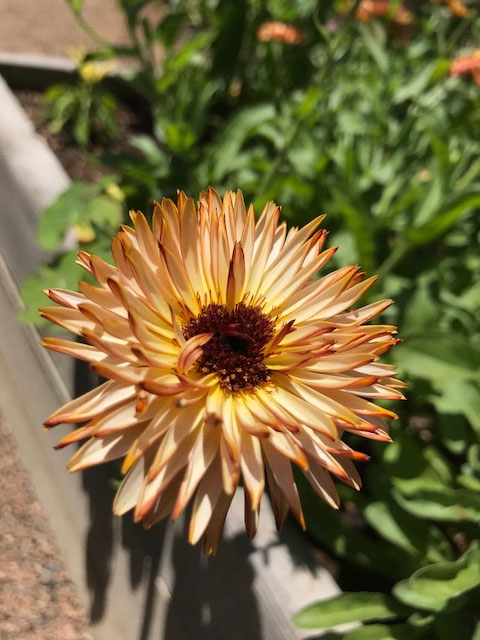
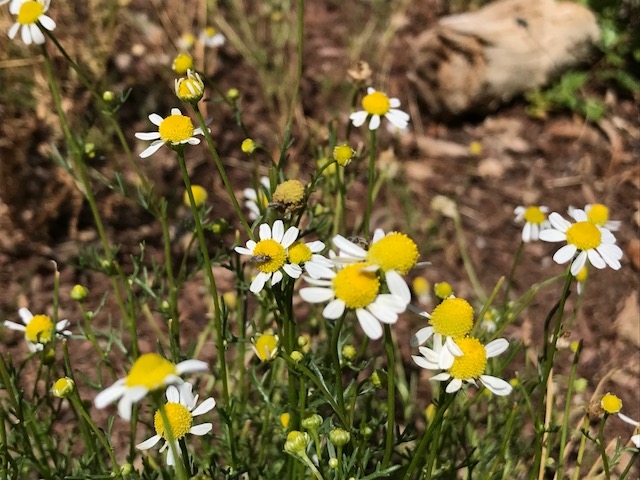
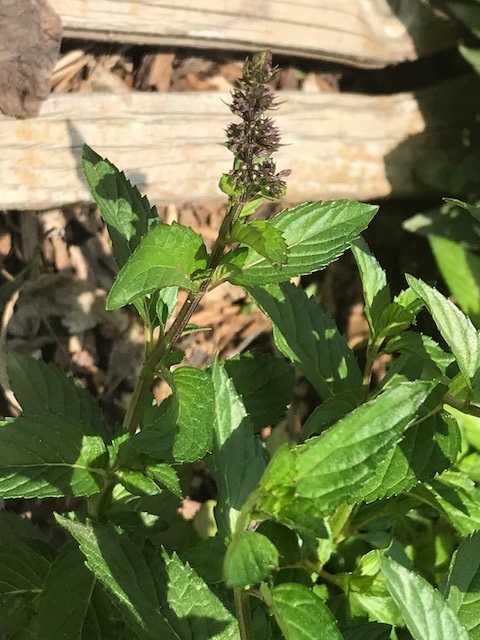

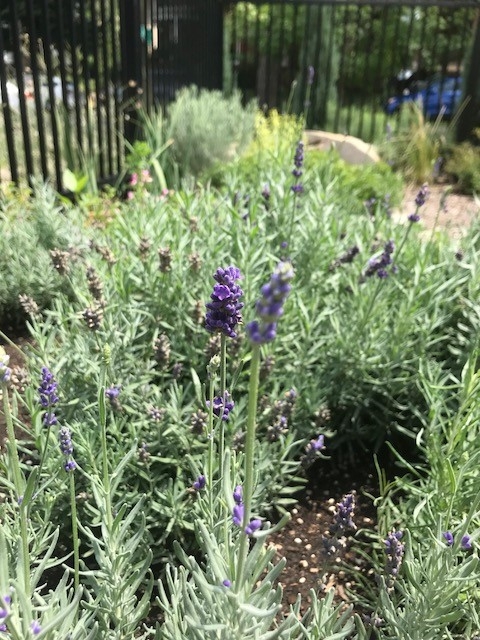
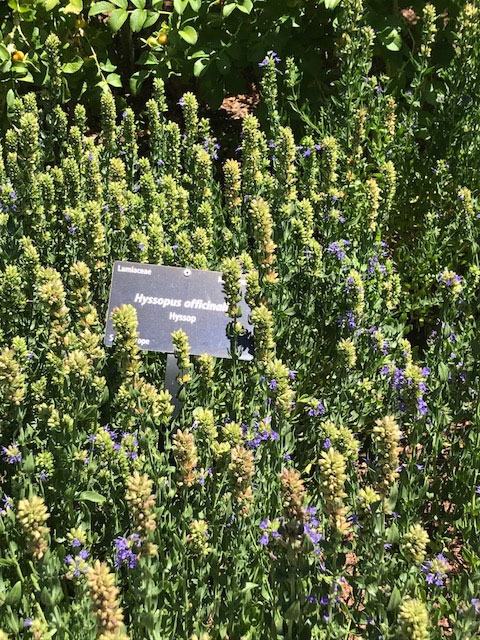
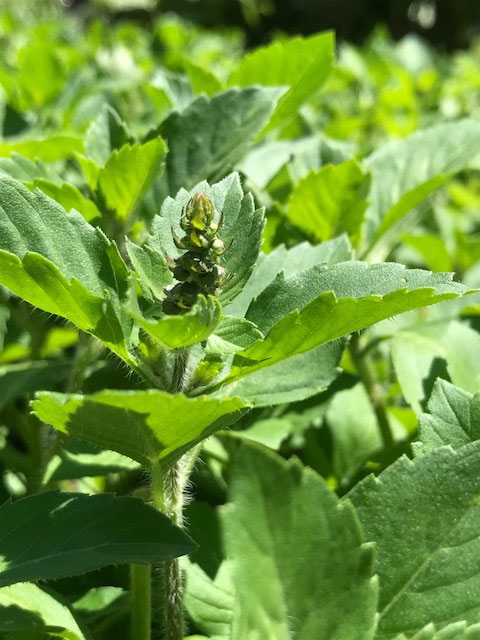
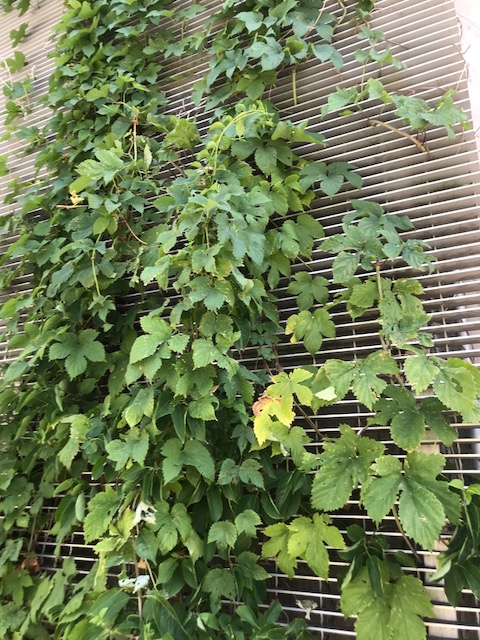

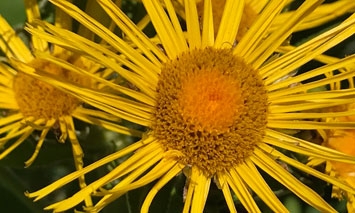
Comments
Top Ten Medicinal Plants
Hi!
I missed this presentation, but would appreciate knowing the outcome. Is a transcript of the result available?
Thanks.
Nice pictures, but what are…
Nice pictures, but what are they ????
Plants identified
Hi,
Thanks for asking! It looks like most of this post got wiped out at some point. We've fixed the issue and now you can read all about the plants and they are identified in the photos.
Medicinal plants
We are unaware of the effects of medicinal plants as we accidentally come in contact with them. Then when we are made aware of a plants properties is when we understand that feeling. Thanks for sharing.
Add new comment